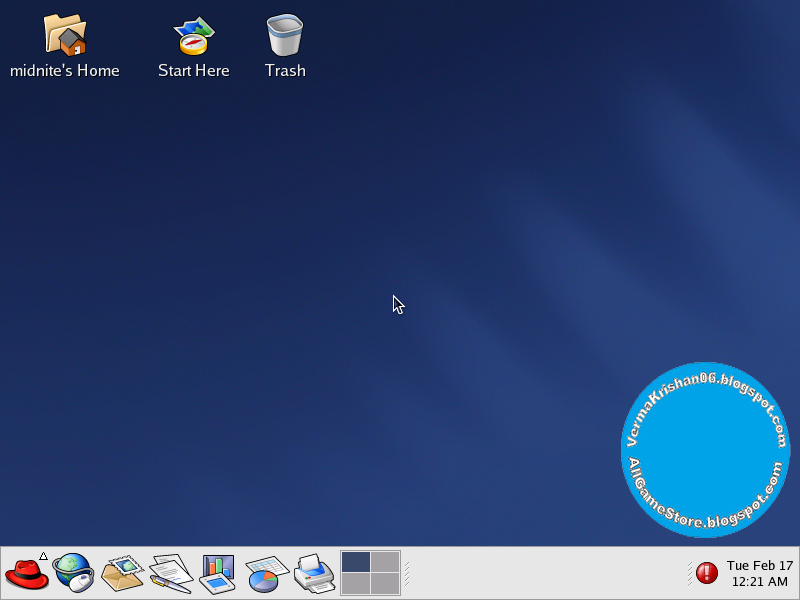



Red Hat Enterprise Linux 8 for x86_64 - AppStream (RPMs) 18 MB/s|31 MB 0:01 Red Hat Enterprise Linux 8 for x86_64 - BaseOS (RPMs) 14 MB/s|33 MB 0:02 You can use subscription-manager to assign subscriptions. This system is registered to Red Hat Subscription Management, but is not receiving updates. Updating Subscription Management repositories. Here you can see the installed RHEL 8.2 kernel, as well as a far newer 8.4 kernel available to be installed. Let's check the installed and available kernel updates. Red Hat Enterprise Linux release 8.2 (Ootpa) The initial state shows the RHEL 8.2 system not actually being tied to a specific release: ~]# subscription-manager release If you just want to update to the latest packages for your major RHEL release, then it's one simple command. This is both the default, and simplest approach. Afterwards, it only receives the selected backports as per the EUS inclusion policy. The RHEL EUS release repository receives all security, bugfix, and enhancement errata until the next minor release is released. However, if the system has the Extended Update Support add-on available and is running an eligible EUS release, then further select updates to that minor version will be available.

Red Hat's Extended Update Support (EUS) exists so that you can remain on a specific RHEL minor release for an extended period of time, helping you stay with a supported configuration.Ī given minor release is only fully supported for 6 months, ie. Each minor release is ultimately just a label for a specific set of packages, baselined, tested, and released at a certain time. Red Hat committed to a six monthly minor release cadence with RHEL 8, and at the time of writing RHEL 8.4 is the most recent release. How do we use Extended Update Support so you can stay on a specific minor release for longer?.How do we get updates, yet stay on a specific RHEL minor release?.This article explains the mechanisms available in Red Hat Enterprise Linux (RHEL) to help make this possible. It's also typically true for large, business critical applications that don't tolerate frequent downtime for updates. Customers often tell me that they need to stay on a specific RHEL minor release in order to maintain a supported configuration for a third party application, such as SAP for example.


 0 kommentar(er)
0 kommentar(er)
